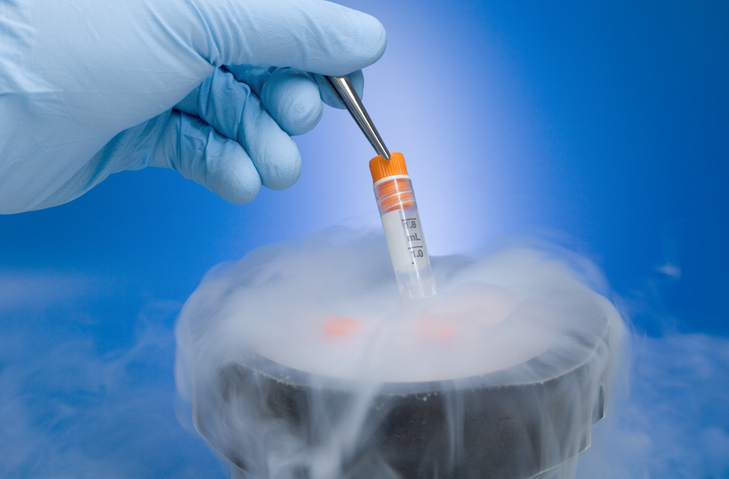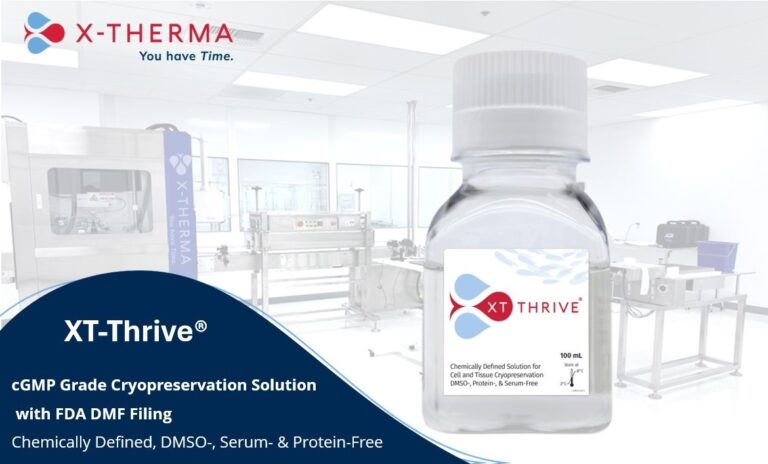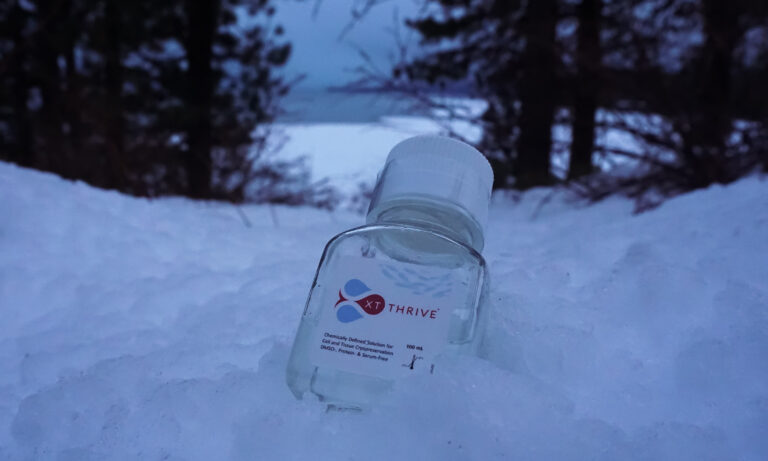Cryopreservation has become a crucial component in realizing the large-scale commercial manufacturing of regenerative medicines, which require unique storage and transport strategies to ensure their efficacy upon patient administration. The sensitivity of many of these fragile biotherapeutics make curtailing ice formation during freezing crucial; however, the toxicity and genomic damage associated with dimethyl sulfoxide (DMSO), the most commonly utilized cryoprotectant in the advanced therapy space, complicates the efforts to de-risk, standardize and scale production of these lifesaving treatments.
Next-generation, DMSO-free, serum-free cryoprotectants may offer the answer to enabling more widespread regenerative medicine development and commercialization. A future in which regenerative medicines become accessible, off-the-shelf treatments for a range of rare and intractable diseases hinges, in part, on solving the challenges related to cold chain management for these therapeutics. By enabling safer cryopreservation with similar or greater efficacy than incumbent cryoprotectants, biopharmaceutical companies and manufacturers can realize a paradigm wherein these treatments can become a common recourse for millions of patients around the world.







